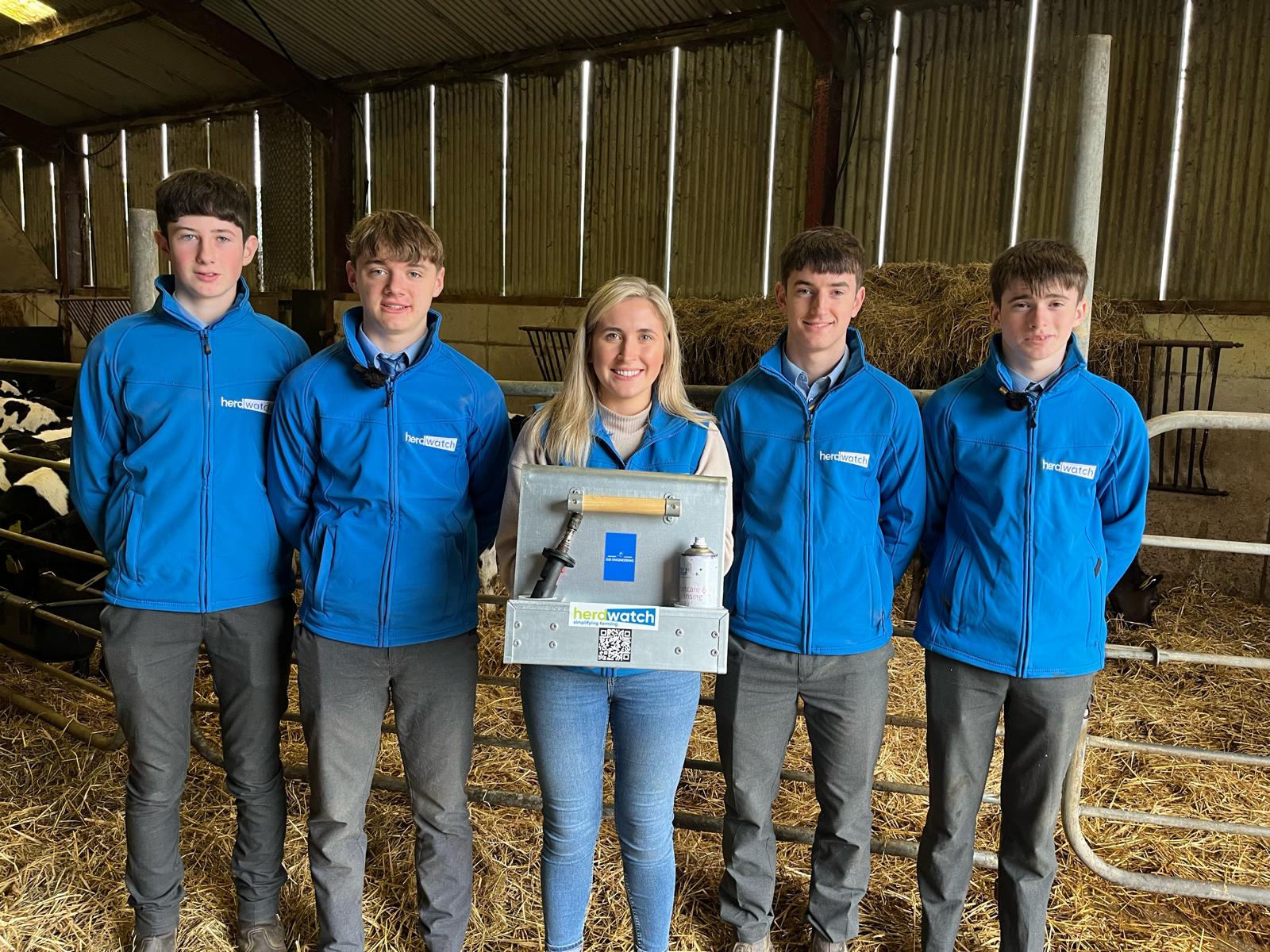Dosing Cattle: Are You Doing It Right?

Housing is one of the best times of the year for treating cattle against some of the more common internal and external parasites, according to Teagasc.
Simply pick the animal, enter the weight, and click “Save”. You will see a summary of the Weight record, including Average Daily Gain.
For the next animal, just type the last few digits of the tag or freeze-brand, enter the weight, click “Save”. It’s that simple.
Once you record a weight in Herdwatch it will automatically calculate the ADG of that animal giving you more knowledge of their performance.
Dosing Handling facilities that restrain the animal should be in place to enable the operator to administer medicine with minimum risk or injury to the animal.
It is recommended that:
- The dosing equipment used is appropriate for the size of the animal
- Dosing guns should be properly calibrated
- Care is taken to avoid injuring the animal’s throat
- Consider the use of alternative suitable product formulations e.g. “pour on” treatments to minimise handling stress
Delivery Methods
Injectables
- Ensure that animals are handled and restrained in a manner that seeks to minimise stress
- Adhere to manufacturer recommendations for dosage rates and injection procedures
- Avoid injecting animals in the loin, hindquarter or other high value meat cut areas
- Maintain strict hygiene standards during injection
- Use single use (disposable) needles and syringes
- In the rare event that a needle breaks when administering an injection, the broken needle should be removed in a safe hygienic manner under veterinary supervision if necessary. Failure to remove a broken needle can give rise to animal welfare and potential food safety problems
- Dispose of needle and syringe in appropriate clinical waste and sharps containers.
Pour-ons
Apply along the length of the flattest part of the back, from the withers to the tail head. In general do not treat when the hair is wet, or rain is anticipated within two hours of treatment. NB some products are waterproof and can be used on wet animals. Avoid damaged skin and areas covered with mud or manure.
Boluses
Boluses should be administered with the correct applicator. The animal must be restrained and great care taken not to damage the throat or cause choking.
- Load the pill or pills into the bolus gun
- Insert the applicator from the front of the mouth over the back of the tongue, with no more than gentle firm pressure.
- As the animal begins to swallow, passage into the throat becomes easier. Once in the throat the plunger should be pressed to release the bolus.
- Keep the head elevated until they swallows the pill(s).
- The applicator is then gently removed while checking that the bolus has been swallowed.
Oral drenches
Oral drenching guns are designed to deliver over the back of the tongue so that the entire dose is swallowed into the rumen. Bad dosing technique may allow the product to by-pass the rumen which will reduce its potency. Drenching equipment must be correctly calibrated and in good working order. Test it with product just before treatment starts by delivering two or more doses into a graduated measuring cylinder. Do not use water as this will give a false result. Faulty equipment, or attempting to dose too quickly, may mean the barrel of the gun does not fill properly, or that the liquid is full of bubbles.
Risking resistance
Under-dosing, using faulty dosing equipment, or treating in inappropriate conditions, can encourage wormer resistance to develop.
This is because worms with some resistance to the product can survive a lower dose treatment, where a full dose would have killed them.
Storage
Wormers should be stored securely, away from direct sunlight at 4–25C. Check the ‘use by’ date, and once open use within the period shown on the packaging.
Remedy purchase and recording treatments in Herdwatch
Full Bord Bia compliance
Record Remedies on the spot
As Herdwatch works offline all your remedy purchases and usages can be recorded on the spot as it happens.
Remedy Stock Tracker
Herdwatch will also keep track of how much remedy you have used so you know what’s in your remedy cabinet at all times.
Replace your Bord Bia and Blue Book
Herdwatch is fully compliant with Bord bia and the Department of Agriculture. So once you record your Remedy Purchases, Remedy usages and Feed Purchases in Herdwatch there’s no need to write them into any book!
Capturing, Storing and Retrieving data made easy
Herdwatch comes fully stocked with the 800+ remedies approved by the VPA so recording a remedy purchase or treatment couldn’t be easier.
Automatically Calculates Withdrawal Periods
Once a cattle treatment has been recorded in Herdwatch it will automatically calculate the withdrawal period for you so you know which animals are in meat withdrawal at all times.
Group Dosing
Beef Farmers tend to dose in large batches of animals. Using Herdwatch you can create a group treatment. This means you only have to create one remedy treatment for multiple animals.
Reports at your Finger Tips
No need to worry about compliance inspections once you have entered your data correctly. In the event of a remedy inspection or audit, you can get a report from Herdwatch which you can print off and show the inspector/auditor on the spot.
.png)
{{cta(‘7e8e6e44-8f6d-4530-8d3b-f7ebd95cc2a0’)}}
Try the App for Free
The new Free-Plan which allows farmers to:
- Download their Herd from APHIS (NI), BCMS (UK) or Agfood (IRL)
- Record 10 calf registrations
- Record their medicine purchases
- Record Heat detection and general tasks




